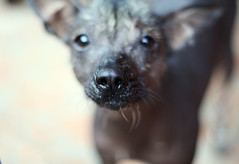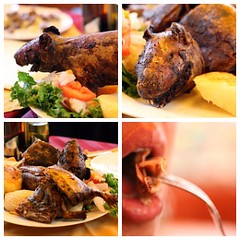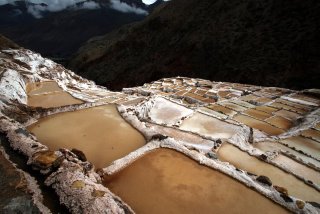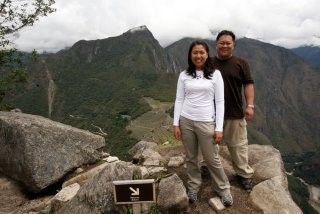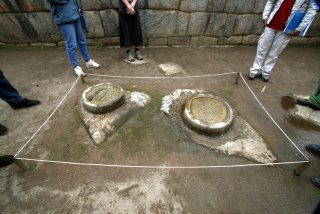
"Chifa (from the mandarin words "chi fan", meaning 'to eat rice') is the Peruvian term for
Chinese food (or for a Chinese restaurant). In the 150 years since its arrival in Peru, the
Chinese Peruvian culture has revolutionized Peruvian cuisine, gaining international recognition from those who have had the opportunity to sample it while visiting Peru.
Chifa reflects a fusion by Chinese Peruvians of the products that the Chinese brought with them to those that they found in Peru, and later cultivated themselves. Even some creole dishes such as tacu-tacu, lomo saltado, and arroz chaufa were influenced by the Chinese.
In downtown
Lima, on
Capón Street, is the barrio chino (
Chinatown). The great variety of savory and sweet dishes there, with different types of meats, vegetables, and soups, created a new culinary alternative for Peruvians." Wikipedia
We tried the Chifa food in Cuzco, not all that but edible.

